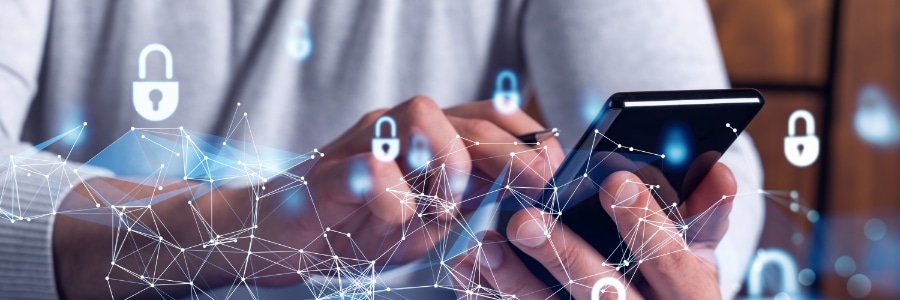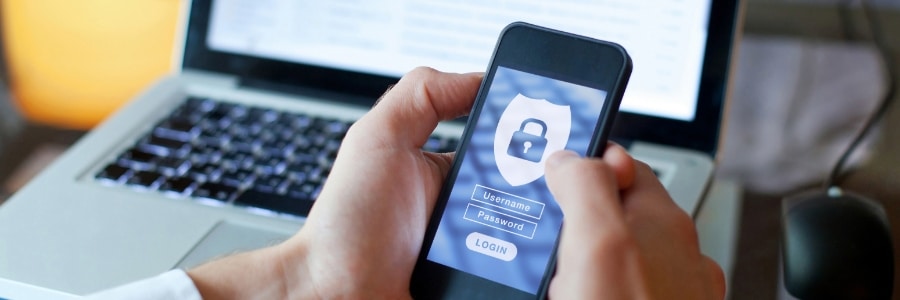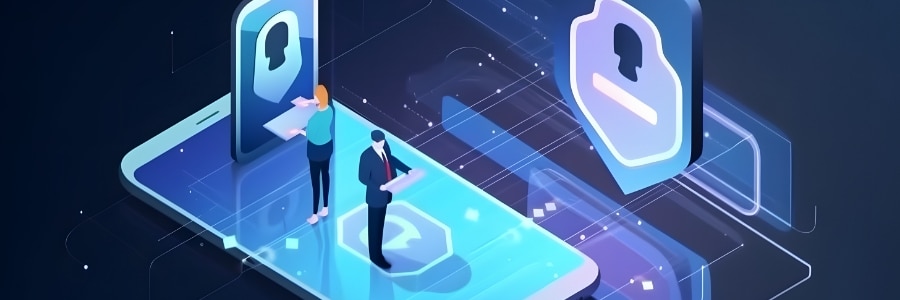The rise of mobile workforces has led to a surge in the adoption of Android tablets. However, managing these devices across a distributed team can present challenges. To address this need, we’ve compiled a concise guide outlining best practices for Android tablet use within your organization.
CLIENT SUPPORT 800-235-3574
Android adware removal and protection tips: A quick guide
Boost your efficiency in 2024 with these Android productivity apps

Today, Android users have countless apps to choose from to help them stay organized, focused, and efficient. But with so many options available, it can be overwhelming and time-consuming to find the right apps. To help you decide, here are seven essential productivity apps for Android that are sure to boost your efficiency in 2024.
1. Task Management: Todoist
Todoist is a versatile task management app that can help you organize your to-do lists and stay on top of your work.
Must-have Android office apps to stay efficient on the go

Today, where remote work has become the new norm, having the right tools and apps can make all the difference in staying efficient and productive while working on the go. Fortunately, there are a wide selection of Android office apps available that can help you stay organized, focused and increase your productivity.
Erase with ease: A guide to securely wiping your Android device

Before you decide to sell, donate, or discard your old Android device, it’s important to make sure that all your personal or business data stored on it has been securely erased. Leaving it intact poses significant privacy and security risks, as your files, photos, emails, and other sensitive data might land in the wrong hands.
Effective malware removal tips for Android devices
Leverage mobile threat detection (MTD) for enhanced business security
How to get the most out of your Android tablet
The importance of disabling location settings on your Android device

It’s easy to overlook the potential risks of leaving your Android device’s location settings on. However, it’s crucial to understand the implications and take control of your privacy, security, and device performance. Here’s why you should consider turning off your Android device’s location settings.







You must be logged in to post a comment.